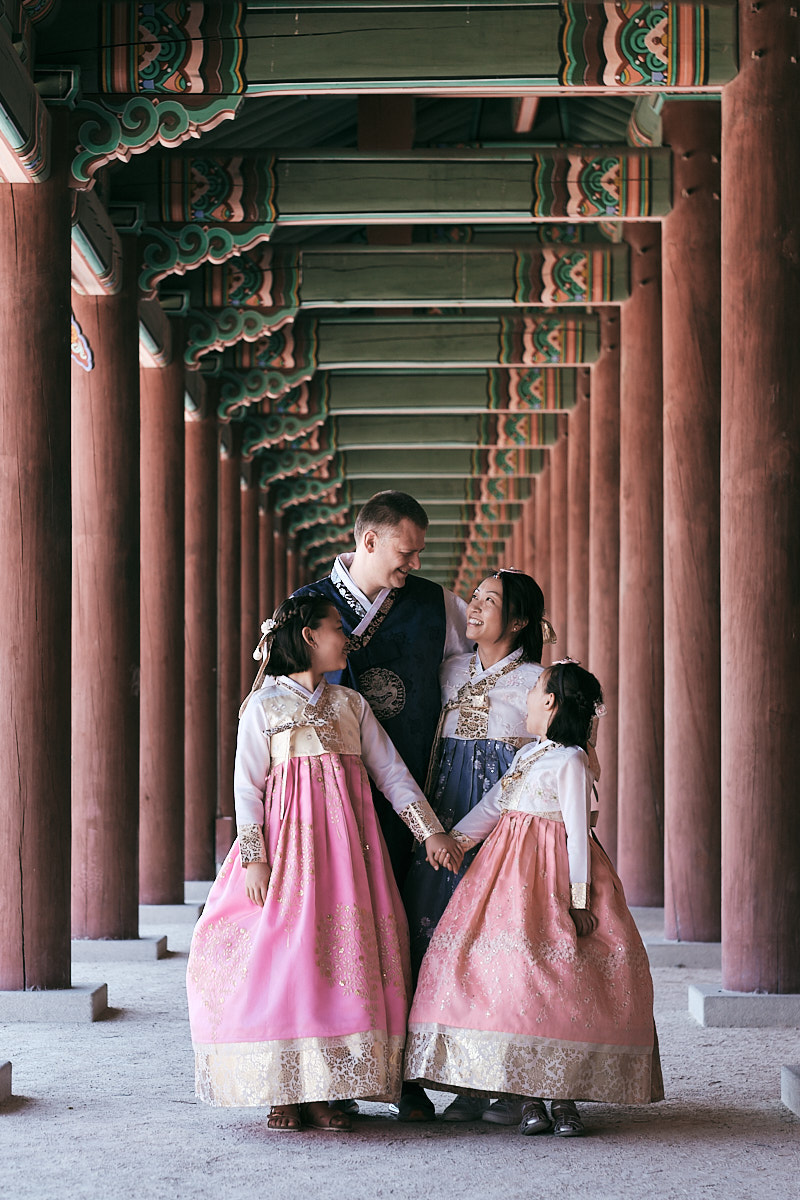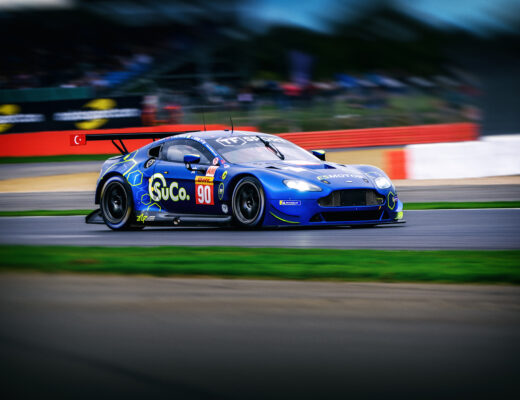The rate of technological development in the mirrorless camera market has been astonishing over the past few years. From cameras that could barely focus quicker than my blind-in-one-eye-can’t-see-out-of-the-other grandfather could manual focus his old graflex to state-of-the-art autofocus systems and cameras that rival and best the flagship DSLRs of the world, we’ve seen some amazing changes.
Fujifilm’s two-pronged approach to development has won the company many champions over the years. Each body has been better built than the last and the hardware inside has allowed some software wizardry that breathed new life into ever their oldest lenses. Today I wanted to discuss five changes that Fujifilm have made to hardware and software that have quantitatively contributed to my photography and then offer up a couple of suggestions as to what I would like to see in future cameras.
Improvements That Have Benefited Me
Of course, with every generation, the sensors and processors used have been updated. These have brought about resolution boosts, better high ISO performance, better autofocus speed, and reduced artifacts in backlit situations. Each of these has been wonderful, but I’d like to focus on some smaller changes that have contributed to my continued use of Fujifilm cameras.
Face Detection
Let’s get the obvious one out of the way first. While not the industry leader in this respect, Fujifilm’s face detection does the job for me and has resulted in sharp frames where the autofocus may have struggled in the past. Coupled with the fact that the newer bodies can turn this on and off with a single button press, it is fast and easy to use. Even on the GFX 50R, I can simply leave face detection turned on and not worry about moving my focus point for individual portraits like these.
Higher Magnification Viewfinder
The improved viewfinders in each generation of Fujifilm cameras are most welcome. Faster refresh rates and higher resolution make getting the job done that much easier. However, for me, the increased magnification on the viewfinders of the X-T3 and X-H1 have made them the easiest cameras to work with in the X Series. Large, bright viewfinders make it much easier to see your settings at a glance and compose images in the field.
Reduced Rolling Shutter
With faster processors and faster sensor readouts has come a reduction in rolling shutter. I rarely shoot video, so that’s not the main benefit for me. It means I can use electronic shutter in the field. This is really useful if a baby begins nodding off on a family shoot or when I’m traveling and want to remain unnoticed as I document a scene. The X series cameras have quiet shutters, to be sure, but having them be completely silent is that extra little bit you need sometimes. While an extreme example, the below image was a movement while I tried to change the exposure compensation on my X-T2.
Focus Lever
This is something I never thought I’d appreciate. When Fujifilm allowed the moving of the focus point directly with the four-way selector, I was satisfied. Now that I have the focus lever, I don’t know how I ever lived without it. I still love the four-way selector for use as function buttons and menu navigation, but the focus lever has made it so much easier and quicker to move my focus point around.
Classic Chrome Film Simulation
This might seem like a strange one, but I love the way the world looks in Classic Chrome. I don’t use it for all my post-production, even though many of my images use it as a base. However, when in the field, Classic Chrome inspires me to keep making photographs. Ever since it was released for the X-T1 in firmware version 3.0, it has been my go-to film simulation for viewing the world. Sometimes I sway a little, but I always know where home is. The image below uses Classic Chrome as a base with some colouring done over the top in Capture One.
Sneaky Bonus: Bluetooth
Bluetooth implementation has made connecting to Fujifilm’s Camera Remote app a little more reliable than before. That’s great, because wireless implementation is one of my biggest pet peeves about the system. But, the good stuff: connecting each of my cameras to my phone as I leave the house for a job ensures that they are all time synced before I start shooting. Doing this when I’m working with a partner ensures that all our cameras are synced. One less step in post-production is always welcome!
Things I’d Like to See Improved
Coupling AF Mode to Focus Mode
When I switched from to AF-S on my Nikon D750, it would automatically switch to single point focus. When I switched it to AF-C, it would automatically turn on 3D tracking for the whole frame. With the Fujifilm system, this is a four-press operation, or even more depending on the camera. I would love to see these coupled, or even the option to couple them (like “STORE AF MODE BY ORIENTATION” or “INTERLOCK SPOT AE & FOCUS AREA”). This should be simple enough to achieve in firmware and would make my two most commonly used methods of focus available in a single flip of a switch.
Camera Remote App
I’d love to love this app. I just can’t. It has all the features one might want. It simply isn’t reliable enough. Every update seems to make one feature while breaking another and reliability has only been improved by Bluetooth. Keeping a steady connection seems to be up to the winds of the day with this app. I’d love to see it improved because it has so much potential as a tool for composition, timelapse, long-exposures, and just about anything else where you might want to control things with a larger screen.
Overall Durability
The X Series cameras are well made. Of that, there is no doubt. However, after seeing two rear screens, two viewfinders, and countless shutter buttons fail from simple things like sweat getting inside the shutter release or a light drizzle shorting a viewfinder, I’d love to see more focus being put on making the next generation of bodies as reliable as possible. At present, issues like these seem to be the luck of the draw. I’d rather them be avoided completely.
Wrapping Up
So, there we have it, some things I love, some things I’d love to see improved. You may agree, you may not. I’d love to hear what your most wanted upgrades are and which upgrades have been most beneficial to your day-to-day photography so far.






















